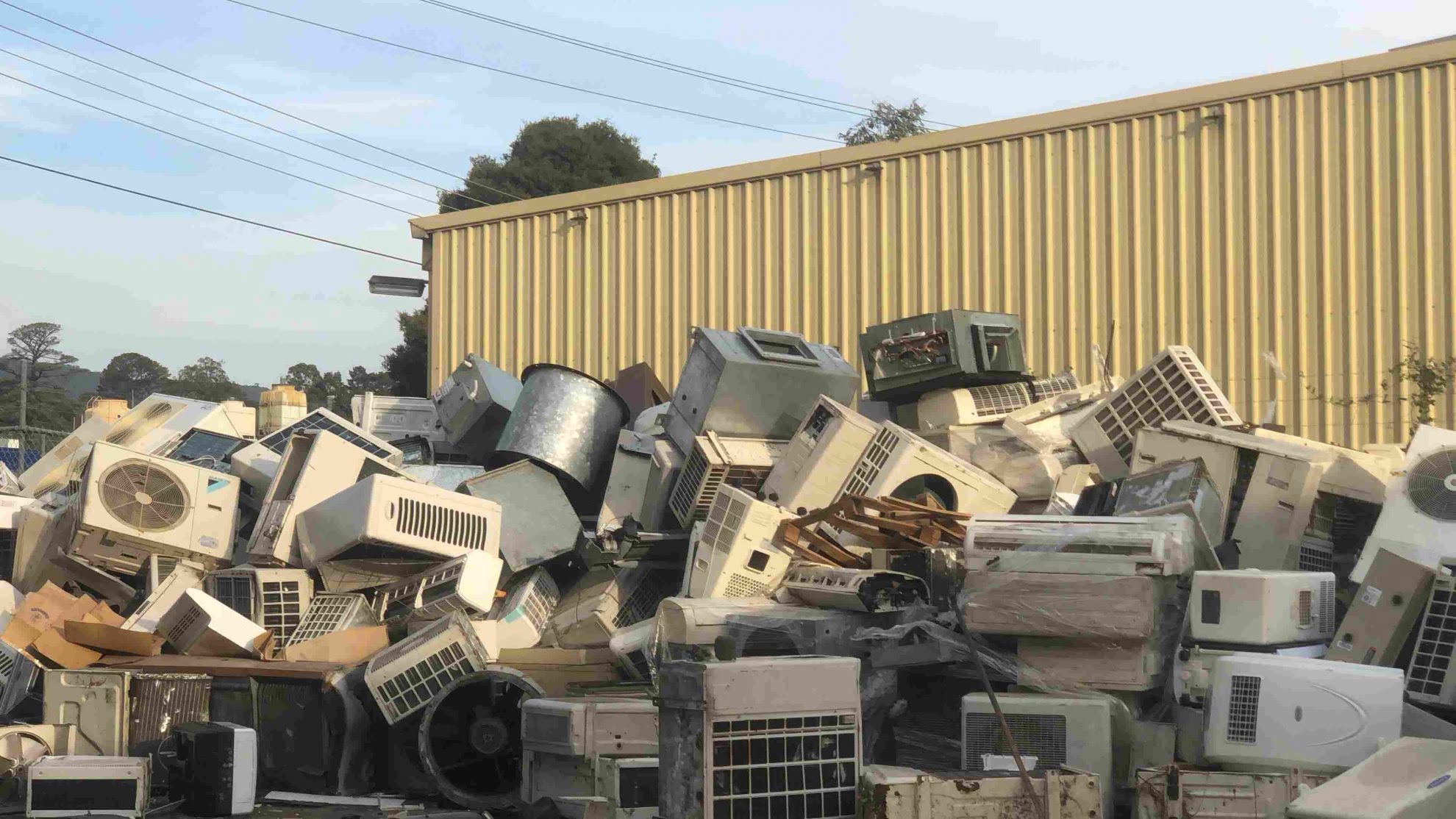

Articles
How Much Is A Central AC Unit Worth In Scrap
Modified: November 2, 2024
Find out how much a central AC unit is worth in scrap with our informative articles. Learn the value and tips for selling HVAC equipment.
(Many of the links in this article redirect to a specific reviewed product. Your purchase of these products through affiliate links helps to generate commission for Storables.com, at no extra cost. Learn more)
Introduction
When it comes to getting rid of an old central AC unit, many homeowners wonder if there is any value in it. While it may no longer serve its primary function, a central AC unit can still hold some value if properly scrapped. The scrap value of a central AC unit depends on various factors, including its condition, age, and the type of materials it contains. In this article, we will explore how much a central AC unit is worth in scrap and provide tips on how to maximize its value.
Before diving into the details, it’s important to understand that scrapyards typically pay for the metal components of a central AC unit, such as the copper coils, aluminum fins, and steel housing. Other parts, like the compressor and electrical components, may not hold much value in scrap and should be disposed of separately.
Now, let’s delve into the factors that determine the value of a central AC unit in scrap.
Key Takeaways:
- Scrapping a central AC unit can be profitable by considering factors like condition, materials, and market prices. Safety and environmental responsibility are crucial for a successful and ethical scrapping process.
- Maximizing the value of a central AC unit in scrap involves separating metals, comparing prices, and prioritizing safety. Responsible disposal and recycling contribute to sustainable practices and environmental protection.
Read more: How Much Is A Scrap Water Heater Worth
Factors that Determine the Value of a Central AC Unit in Scrap
When assessing the value of a central AC unit in scrap, several factors come into play. These factors can significantly impact the amount you can expect to receive from a scrapyard. Understanding these factors will help you determine the worth of your central AC unit. Here are the main factors:
- Condition: The overall condition of the AC unit plays a crucial role in determining its scrap value. Units in good working condition with minimal damage and fully functional components are more valuable. Scrapyards prefer units that require minimal processing or repairs.
- Age: The age of the AC unit affects its scrap value as well. Newer units with modern technology and energy-efficient features may have a higher value due to the quality of the materials used and their compatibility with recycling processes.
- Weight: The weight of the central AC unit is another crucial factor. Scrapyards purchase metal components based on weight, so heavier units have a higher scrap value. Ensure that you include all the components, including the coils, fins, and housing, when weighing the unit.
- Materials: The materials used in the construction of the AC unit also impact its scrap value. Units with copper coils and aluminum fins are more valuable due to the high demand for these metals in the scrap market. Steel parts, such as the housing, may not fetch as high a price but still contribute to the overall value.
- Market Prices: The market prices for scrap metal fluctuate regularly. Keep an eye on current market prices for copper, aluminum, and steel to gauge the potential value of your central AC unit in scrap. Prices can vary regionally, so it’s beneficial to inquire with local scrapyards for the most accurate information.
Understanding these factors will enable you to have a realistic expectation of the value of your central AC unit in scrap. However, keep in mind that the final price offered by a scrapyard may vary based on their specific valuation methods and any additional services they provide, such as disassembly or transportation.
Next, let’s explore the different types of central AC units and their scrap value.
Types of Central AC Units and Their Scrap Value
Central AC units come in various types and configurations, and their scrap value can differ based on the materials they contain. Let’s take a look at the most common types of central AC units and their corresponding scrap value:
- Split-System AC Units: Split-system AC units consist of an indoor unit (evaporator coil) and an outdoor unit (condenser coil). These units typically contain copper coils, aluminum fins, and steel housing. The copper coils and aluminum fins are highly valuable in the scrap market, while the steel housing has a lower value. The scrap value of a split-system AC unit can range from $50 to $150, depending on its size and condition.
- Package AC Units: Package AC units are self-contained units that house both the condenser coil and evaporator coil in a single outdoor unit. Like split-system units, package AC units contain copper coils, aluminum fins, and steel housing. The scrap value of a package AC unit is similar to that of a split-system unit, ranging from $50 to $150.
- Window AC Units: Window AC units are smaller and more compact, designed to fit into a window or a wall opening. These units contain fewer materials compared to central AC units, usually consisting of copper coils, aluminum fins, and plastic housing. The scrap value of a window AC unit is typically lower, ranging from $20 to $50.
- Ductless Mini-Split AC Units: Ductless mini-split AC units are similar to split-system units but do not require ductwork for air distribution. They are commonly used in single rooms or small spaces. The scrap value of ductless mini-split AC units is similar to split-system units, as they contain similar materials like copper coils, aluminum fins, and steel housing.
It’s important to note that these values are approximate and can vary depending on factors such as market conditions, scrapyard policies, and the condition of the unit. Scrap prices may fluctuate, so it’s always a good idea to inquire with local scrapyards for the most accurate information on the scrap value of your specific central AC unit.
Now that we have explored the different types of central AC units and their scrap value, let’s move on to the next step – determining the worth of a central AC unit in scrap.
Steps to Determine the Worth of a Central AC Unit in Scrap
If you’re looking to determine the worth of your central AC unit in scrap, there are a few steps you can follow to get an estimate. These steps will help you assess the value of the metal components and give you an idea of how much you can expect to receive from a scrapyard. Here’s a breakdown of the process:
- Inspect the AC Unit: Start by inspecting the central AC unit and assessing its condition. Look for any visible damages or signs of wear and tear. Note any missing or non-functional components that may affect the scrap value.
- Identify the Materials: Determine the materials present in the AC unit. Most central AC units contain copper coils, aluminum fins, and steel housing. If there are any additional materials, such as brass or other metals, take note of them as well.
- Weigh the AC Unit: Weigh the entire AC unit, including all components and attachments. Use a scale that is capable of measuring the weight accurately. This step is essential as scrapyards usually pay by weight.
- Research Scrap Metal Prices: Research the current market prices for scrap metals, particularly copper and aluminum. These metals are the most valuable components of a central AC unit. Prices can vary regionally, so check with local scrapyards or use online resources to get an idea of the prevailing rates.
- Calculate the Scrap Value: Using the weight of the AC unit and the market prices of the metals, you can calculate the potential scrap value. Multiply the weight of each metal by its corresponding market price per pound, and then sum up the values obtained for each metal. This will give you an estimation of the scrap value of your central AC unit.
- Get Multiple Quotes: To get a more accurate estimate, reach out to multiple scrapyards and obtain quotes based on the information you have gathered. Remember, prices may vary depending on factors such as the location, current market conditions, and the scrapyard’s valuation methods, so it’s always a good idea to compare offers.
By following these steps, you will have a better understanding of the worth of your central AC unit in scrap. However, keep in mind that the final price may differ from your estimate depending on the specific policies and practices of the scrapyard you choose to sell to.
In the next section, we will provide some useful tips on how you can maximize the value of your central AC unit in scrap.
When selling a central AC unit for scrap, consider the current market price for metal, the weight of the unit, and any additional valuable components such as copper tubing or aluminum fins. Be sure to shop around and compare prices from different scrap yards to get the best value for your unit.
Tips for Maximizing the Value of a Central AC Unit in Scrap
If you’re planning to scrap a central AC unit, there are several tips you can follow to maximize its value. These tips will help you get the most out of the scrap materials and potentially increase the return on your investment. Here are some valuable tips:
- Remove Non-Metal Parts: Before taking your central AC unit to the scrapyard, remove any non-metal parts that do not hold value. This includes plastic covers, filters, and electrical components. Separating the metal from non-metal parts can increase the overall scrap value.
- Separate Different Metals: If your central AC unit contains different types of metals, such as copper coils and aluminum fins, separate them into different containers. Some scrapyards may offer higher prices for individual metals, so separating them can help you maximize the value.
- Clean the Metals: Clean the metal components as much as possible to remove any dirt or debris. Scrappers prefer clean and unoxidized metals, as they can be processed more efficiently. However, be cautious when cleaning to avoid damaging any delicate parts.
- Consider Selling Working Parts: If your central AC unit has functional components, such as a compressor or fan motor, consider selling them separately. These parts may hold more value in second-hand markets or to individuals looking for replacements.
- Compare Prices: Before settling on a scrapyard, reach out to multiple scrapyards and compare their prices. Different scrapyards may offer different rates based on their processing capabilities and demand for specific metals. Taking the time to compare prices can help you find the best deal.
- Opt for Professional Disassembly: If you are not familiar with the inner workings of a central AC unit, it’s best to leave the disassembly to professionals. They can safely remove valuable components and ensure minimal damage, ultimately increasing the overall scrap value of the unit.
Following these tips will help you maximize the value of your central AC unit in scrap. However, always remember to prioritize safety when handling and dismantling the unit.
Next, let’s discuss the potential hazards and safety measures to consider when scraping a central AC unit.
Potential Hazards and Safety Measures when Scrapping a Central AC Unit
While scrapping a central AC unit can be a lucrative endeavor, it’s crucial to be aware of the potential hazards involved and take necessary safety measures to protect yourself. Here are some of the potential hazards and safety measures to consider:
- Electrical Hazards: Central AC units contain electrical components that can carry a high voltage. Before dismantling the unit, ensure that it’s completely disconnected from the power source to avoid the risk of electric shock. If you’re unsure about electrical wiring, it’s best to hire a professional to handle the disconnection process.
- Sharp Objects: When disassembling the unit, be mindful of sharp edges, screws, and other small objects that can cause injuries. Wear protective gloves and safety goggles to shield yourself from cuts and eye injuries.
- Refrigerant Leakage: Central AC units often contain refrigerants that can be harmful or even fatal if inhaled. It’s essential to handle refrigerant-containing components with caution or seek professional assistance for proper evacuation and disposal.
- Heavy Components: Central AC units can be heavy, especially the condenser and evaporator coils. Use proper lifting techniques or seek assistance to avoid strain or injury when moving or transporting these components.
- Environmental Contamination: Certain components of central AC units, such as the compressor, may contain pollutants that can harm the environment if not disposed of correctly. Ensure proper disposal of hazardous components to prevent environmental contamination. Contact local authorities or recycling centers for guidance on safe disposal methods.
- Work Area Safety: Maintain a clean and organized work area to minimize the risk of tripping hazards and accidents. Store tools and materials properly, and avoid working in cramped or cluttered spaces to ensure ease of movement.
By being aware of these potential hazards and following safety measures, you can reduce the risk of accidents and ensure a safer scrapping process. It’s always recommended to prioritize your safety and seek professional assistance if you are uncertain about any aspect of the scrapping procedure.
Now, let’s discuss the environmental considerations when disposing of a central AC unit in scrap.
Environmental Considerations when Disposing of a Central AC Unit in Scrap
Proper disposal of a central AC unit in scrap is not just about maximizing its value, but also about minimizing its environmental impact. When handling and disposing of these units, it’s important to consider the following environmental considerations:
- Refrigerants: Central AC units often contain refrigerants, such as chlorofluorocarbons (CFCs) or hydrochlorofluorocarbons (HCFCs), which are harmful to the ozone layer. It’s crucial to work with professionals who can properly extract and dispose of these refrigerants to prevent their release into the atmosphere.
- Recycling Opportunities: Many components of central AC units, such as copper coils, aluminum fins, and steel housing, are recyclable materials. Instead of sending the entire unit to a landfill, consider recycling these valuable components. Recycling not only conserves natural resources but also reduces the need for energy-intensive mining and manufacturing processes.
- Hazardous Materials: Central AC units may contain hazardous materials like insulation foam or wiring with trace amounts of lead. These materials should be handled and disposed of with care to prevent contamination. Follow local regulations and guidelines when disposing of any hazardous materials.
- E-Waste Recycling: Central AC units also fall under the category of electronic waste (e-waste). When disposing of an old unit, consider taking it to an authorized e-waste recycling facility. These facilities have the expertise and equipment to safely extract valuable materials and ensure proper recycling practices.
- Local Regulations: Different regions may have specific regulations regarding the disposal and recycling of central AC units. Familiarize yourself with your local laws and guidelines to ensure compliance with proper disposal practices. Contact government agencies or recycling centers for information on the correct procedures to follow.
- Manufacturer or Retailer Programs: Some central AC manufacturers or retailers may have programs in place for recycling or responsible disposal of their products. Check if there are any take-back programs available for your specific AC unit. These programs can help ensure that the unit is disposed of properly and in an environmentally friendly manner.
By considering these environmental factors, you can contribute to the responsible disposal of central AC units and minimize the negative impact on the environment. Remember, when it comes to scrapping, it’s not just about the monetary value but also about sustainable practices.
Finally, let’s conclude our discussion on how much a central AC unit is worth in scrap.
Conclusion
Scrapping a central AC unit can be a worthwhile endeavor if you understand its value and take the necessary steps to maximize that value. Factors such as the condition, age, weight, and materials of the unit all play a role in determining its scrap worth. By inspecting the unit, identifying the materials, weighing it, and researching current market prices, you can estimate its potential value.
Remember to compare quotes from different scrapyards to ensure you’re getting the best deal. Additionally, taking steps such as removing non-metal parts, separating different metals, and cleaning the components can help maximize the value of your central AC unit.
While scrapping, it’s important to prioritize safety. Be aware of potential hazards such as electrical risks, sharp objects, and refrigerant leakage. Always take necessary safety precautions, including proper disconnection from power sources, wearing protective gear, and seeking professional assistance if needed.
Proper disposal of central AC units also entails considering environmental factors. Dispose of refrigerants and hazardous materials responsibly, explore recycling options for recyclable components, and follow local regulations and guidelines. By doing so, you can minimize the environmental impact and contribute to sustainable practices.
In conclusion, while the exact worth of a central AC unit in scrap may vary depending on various factors, diligently assessing its value, following safety measures, and considering environmental considerations will ensure a successful and responsible scrapping process. With the right knowledge and approach, you can not only recoup some value from your old central AC unit but also contribute positively to the environment.
Frequently Asked Questions about How Much Is A Central AC Unit Worth In Scrap
Was this page helpful?
At Storables.com, we guarantee accurate and reliable information. Our content, validated by Expert Board Contributors, is crafted following stringent Editorial Policies. We're committed to providing you with well-researched, expert-backed insights for all your informational needs.
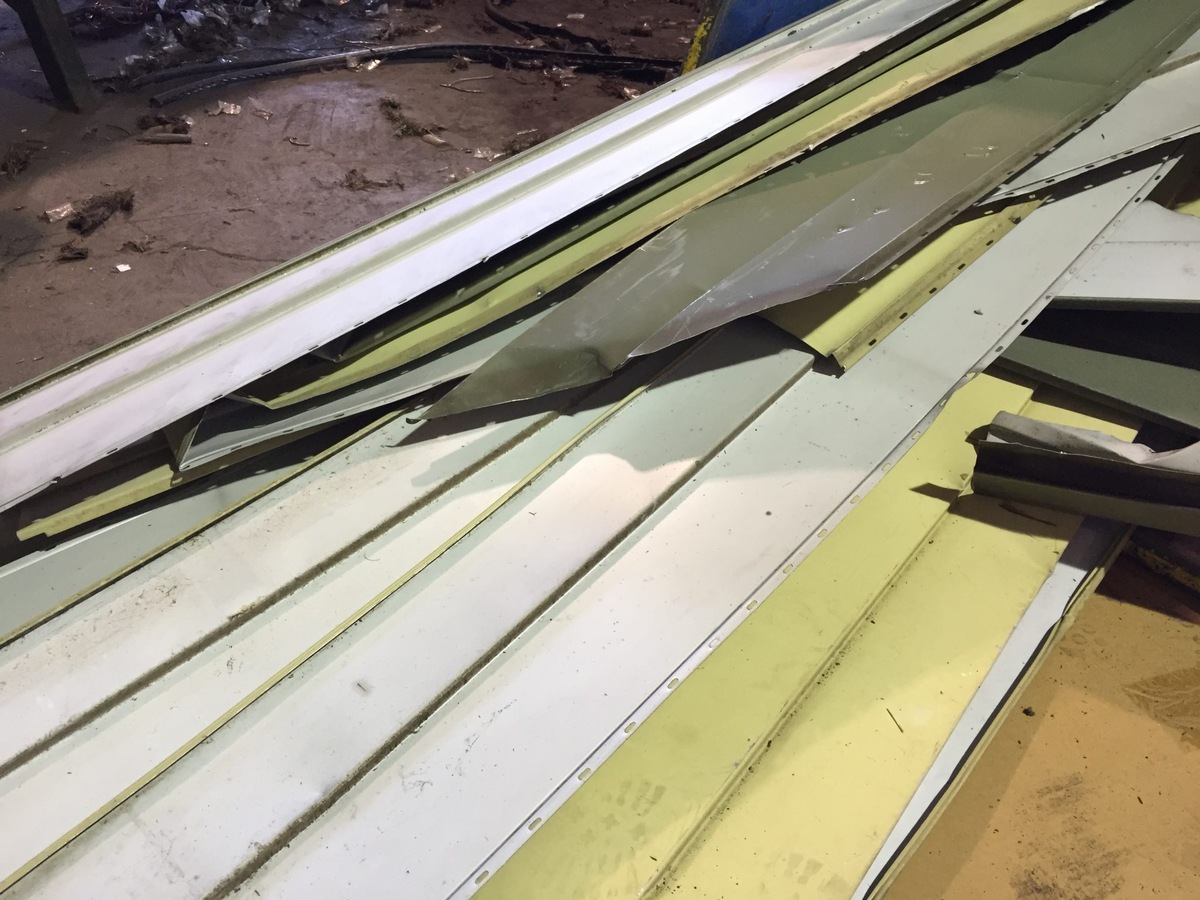
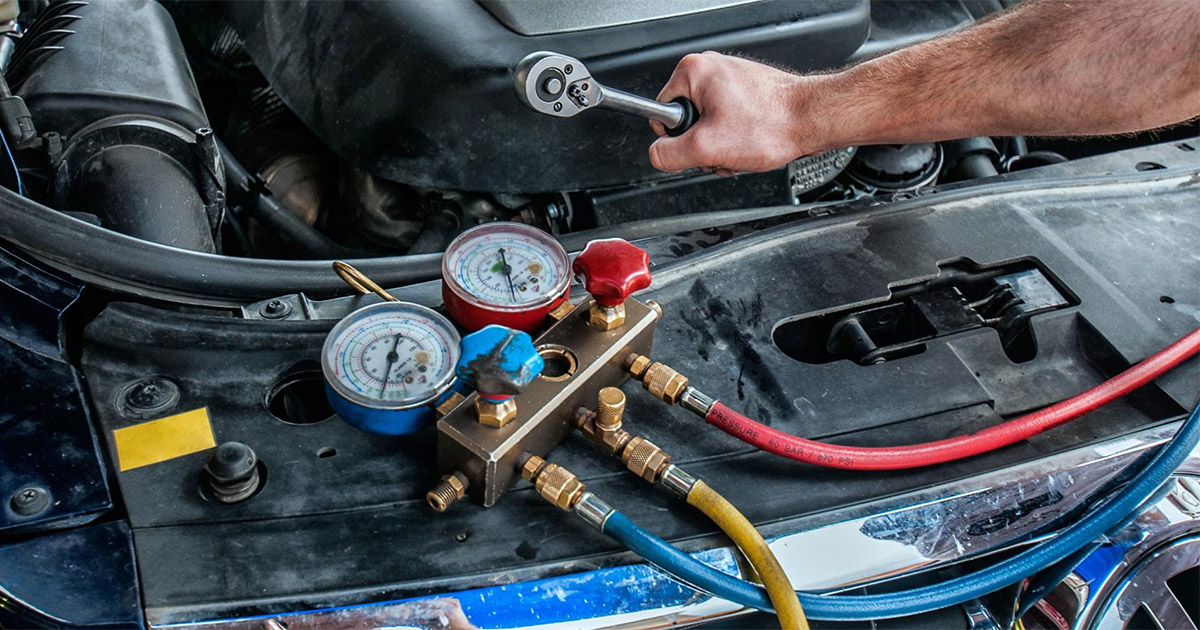
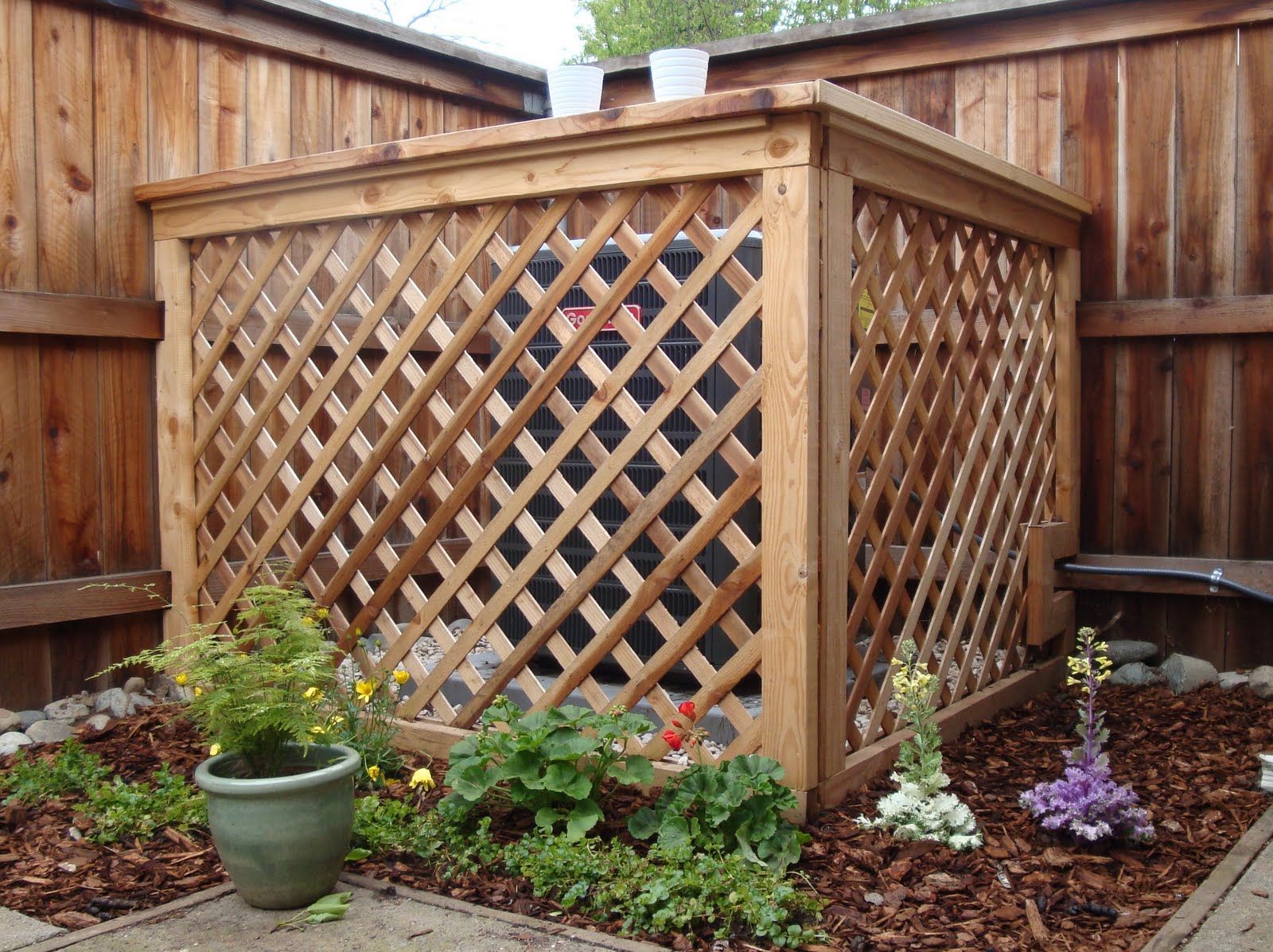
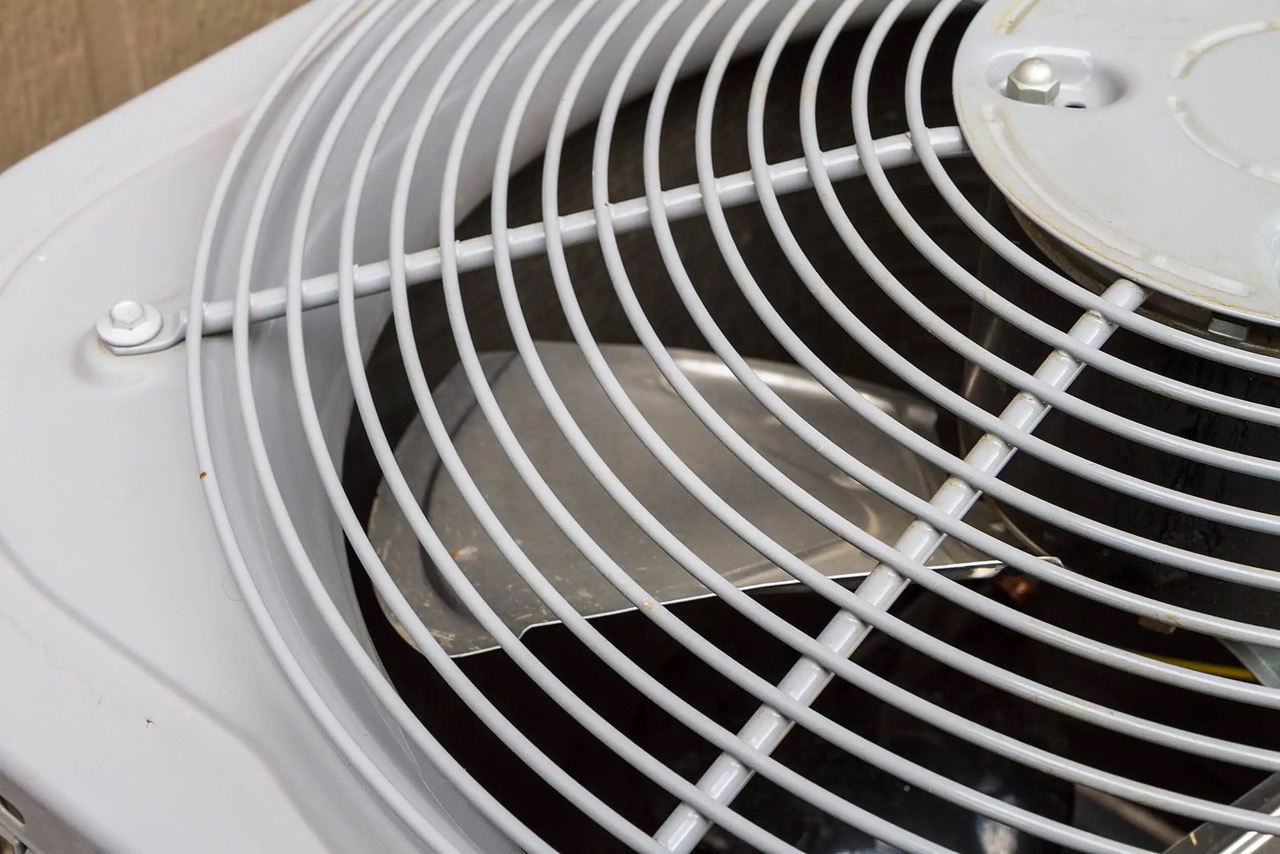
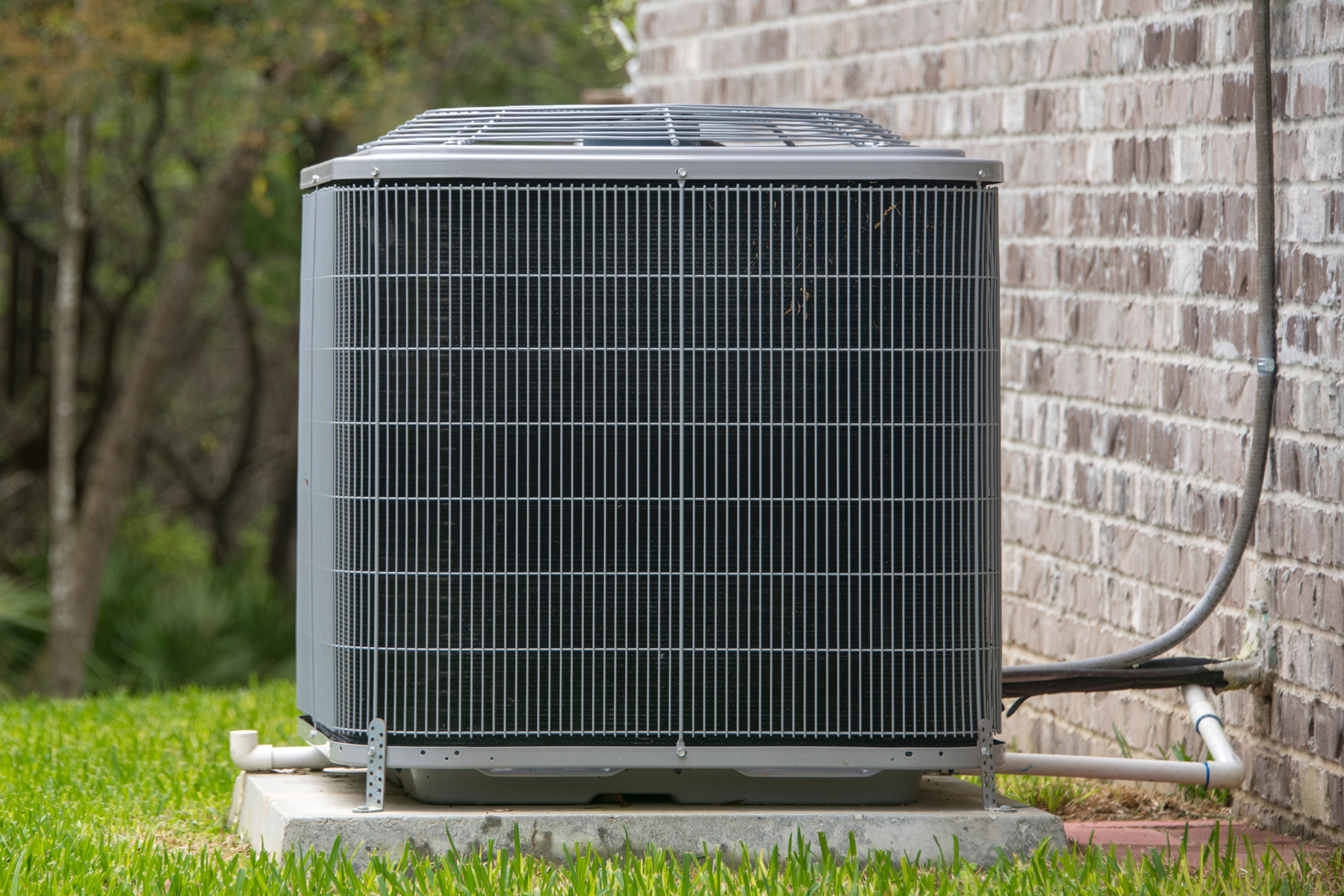
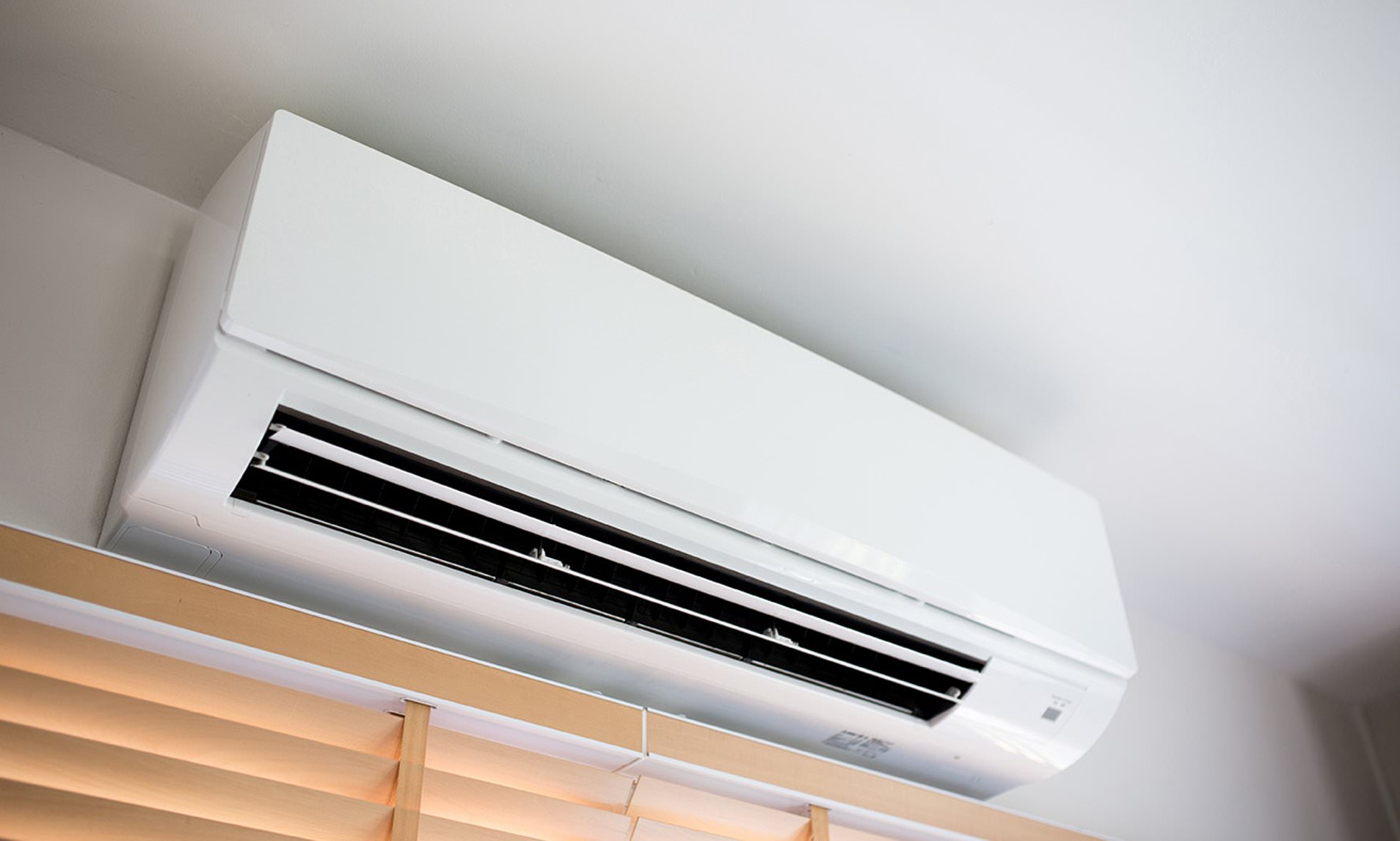
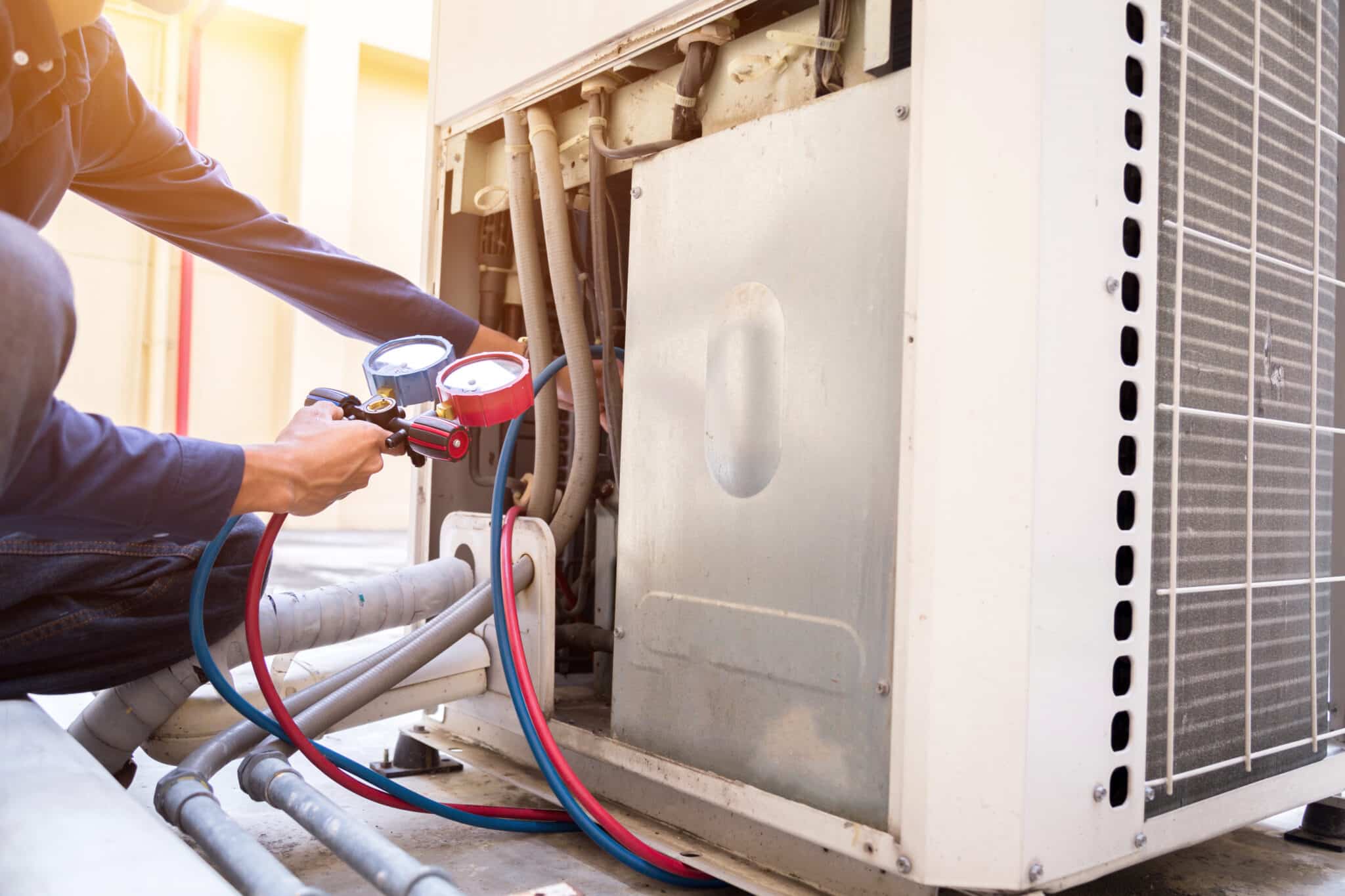
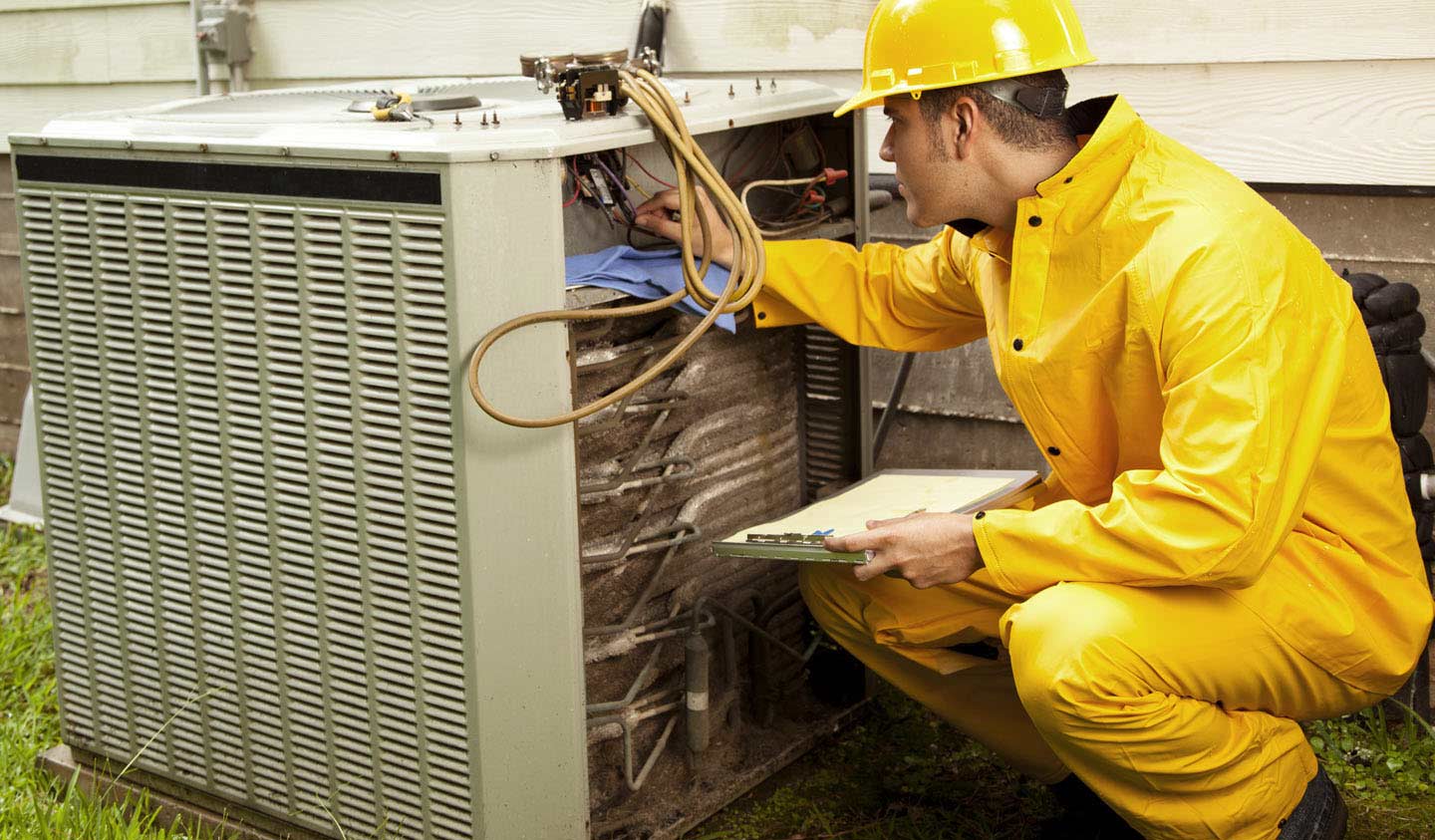
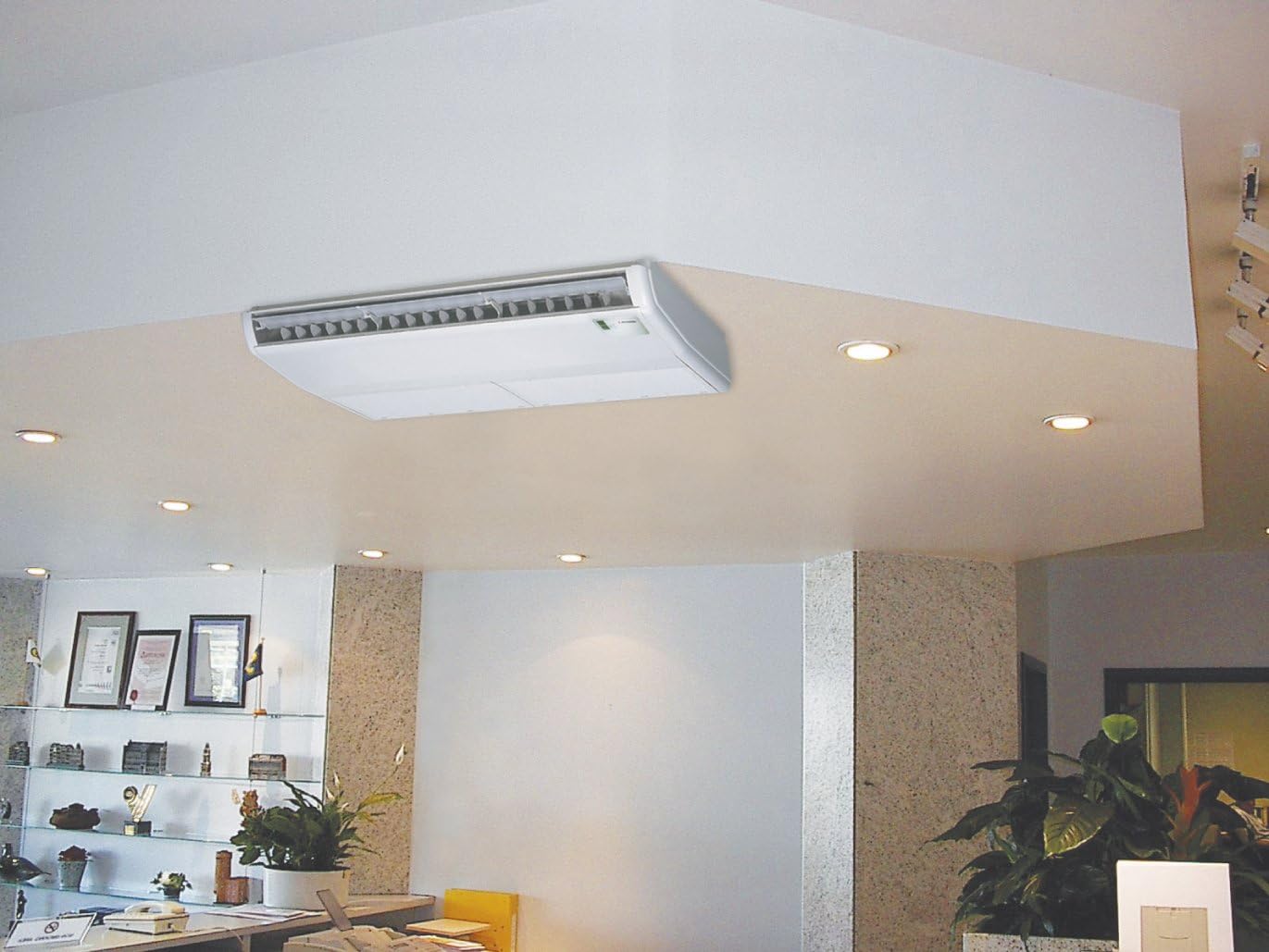
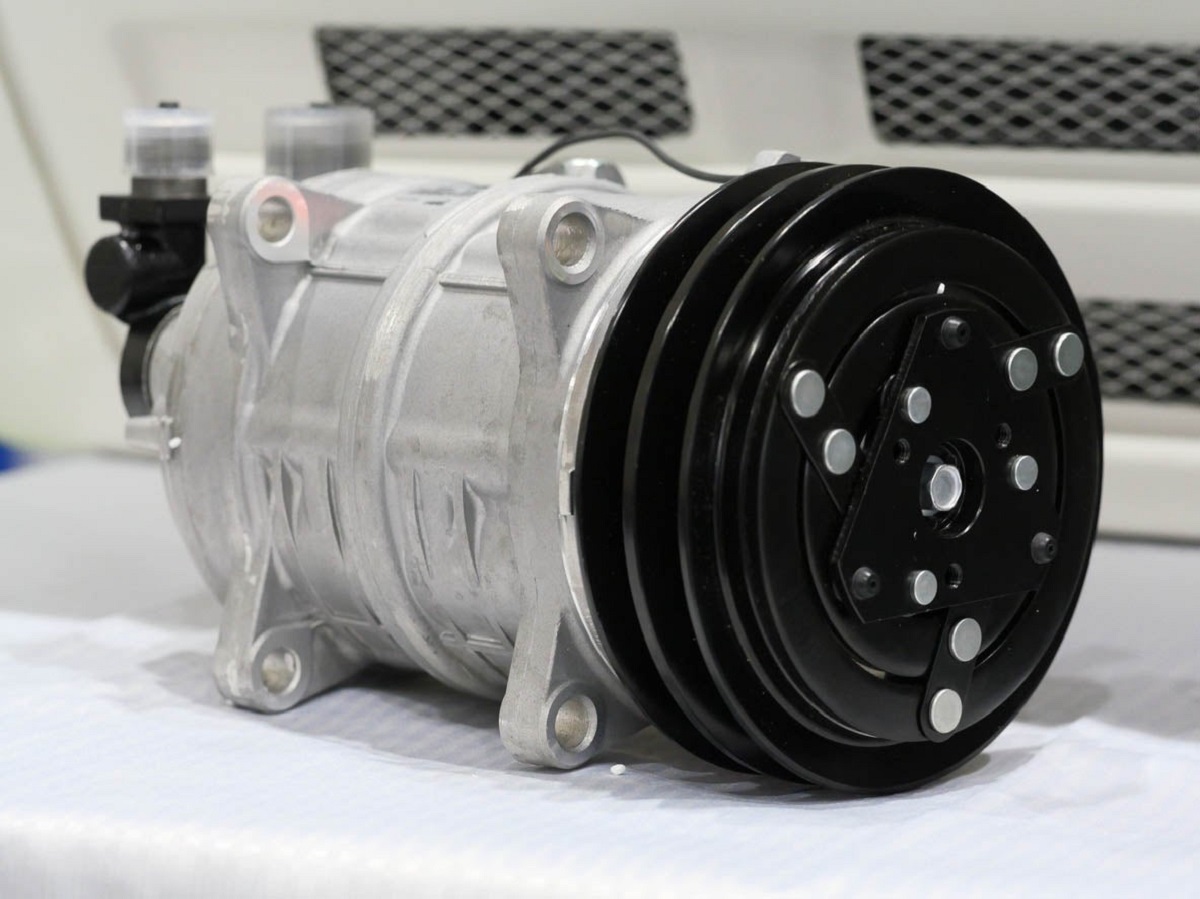
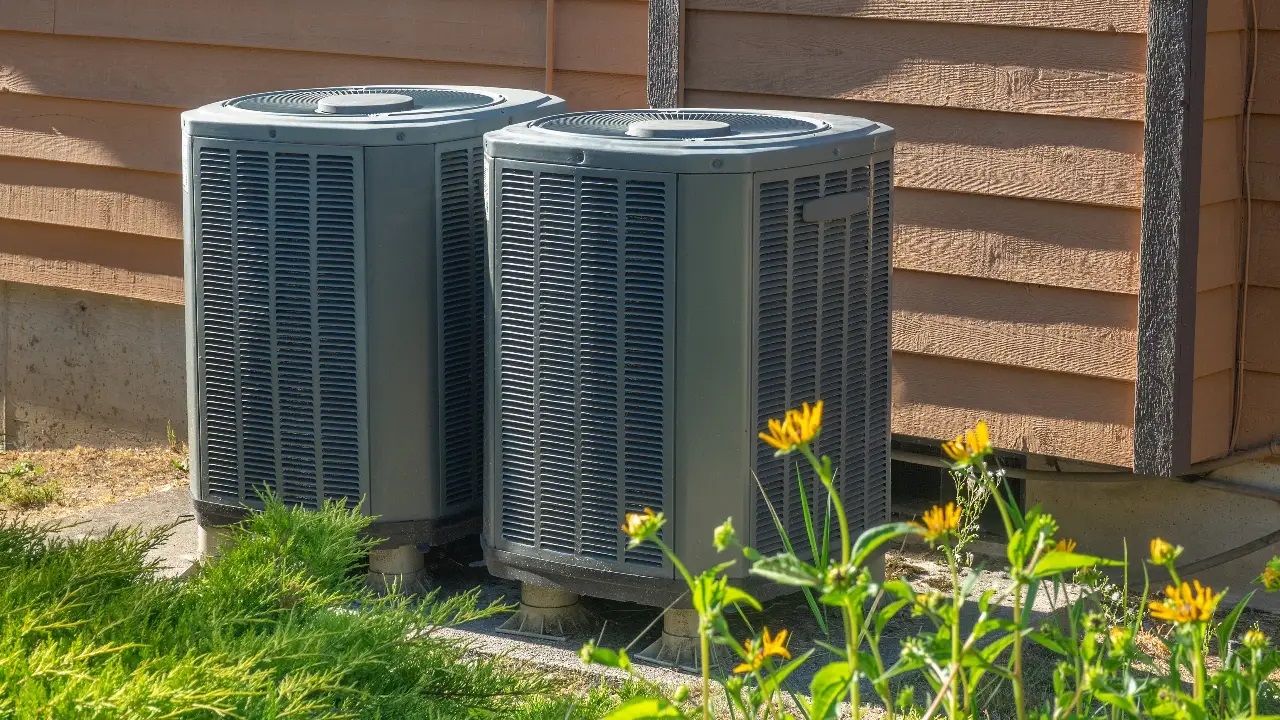
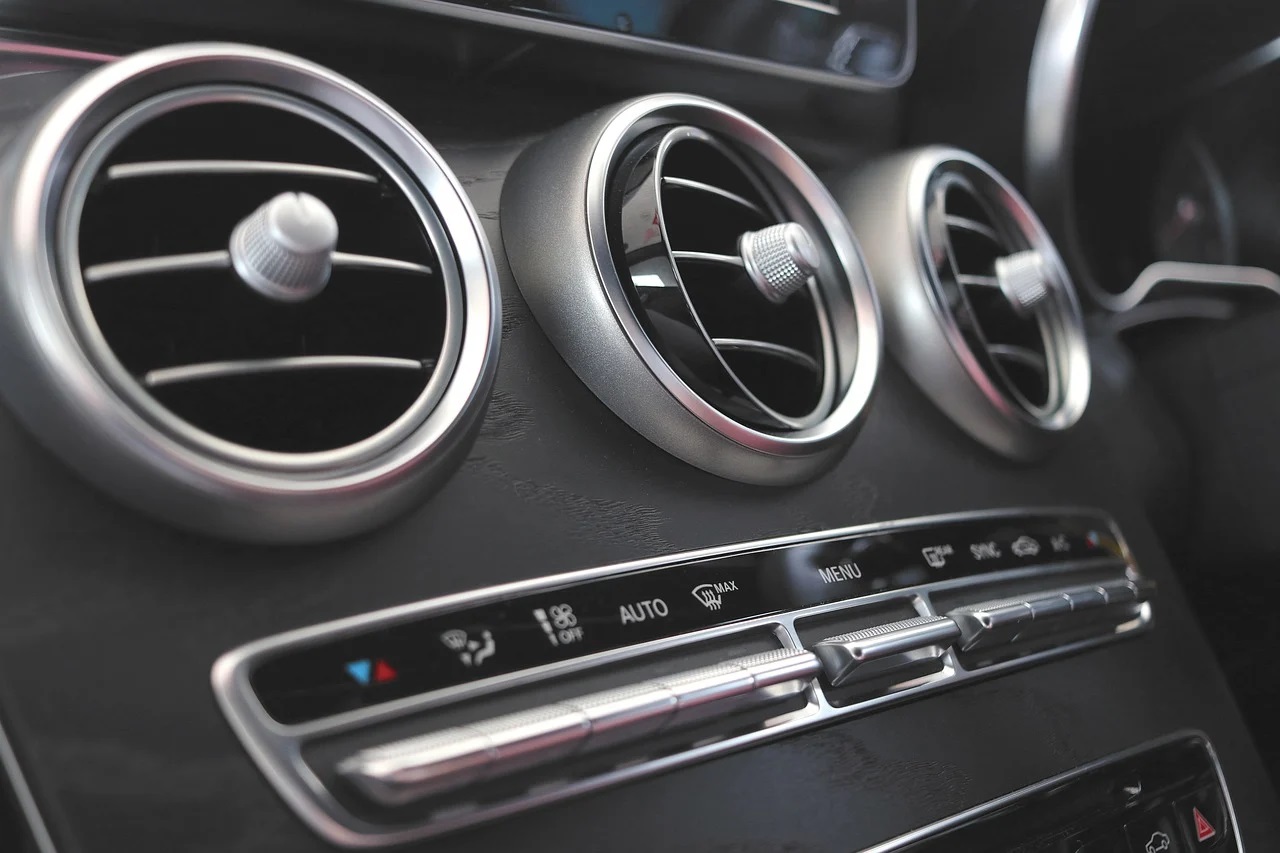
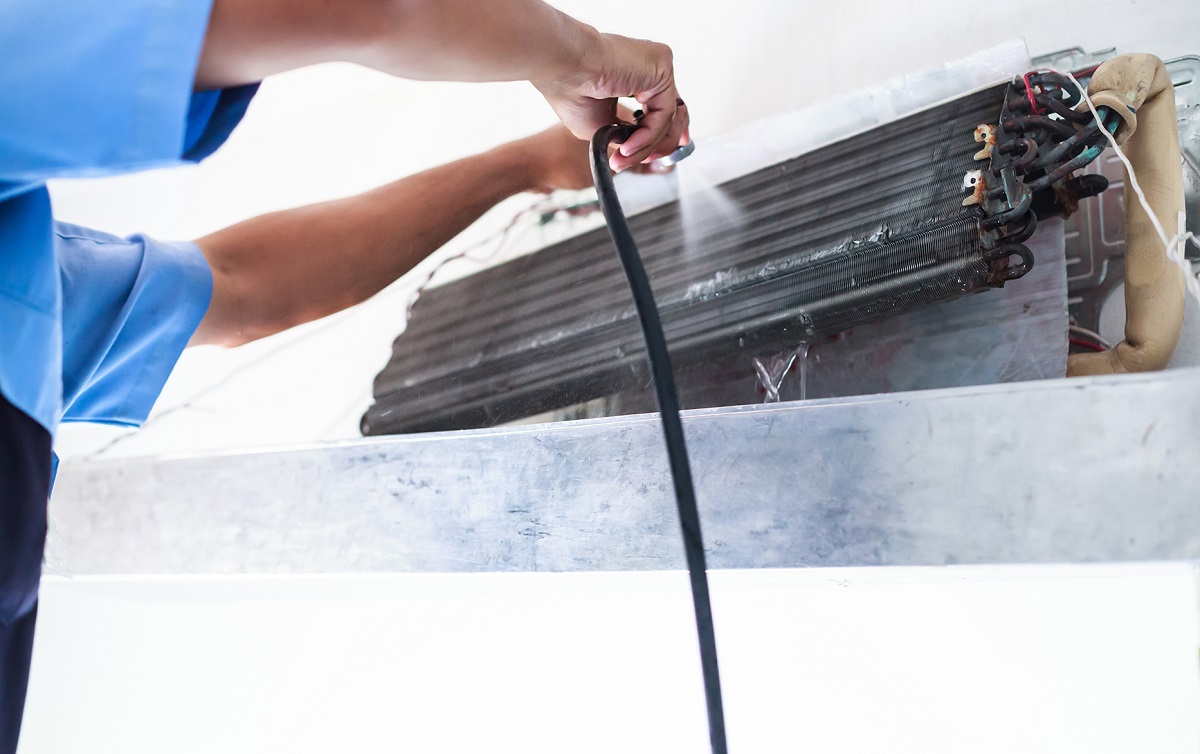
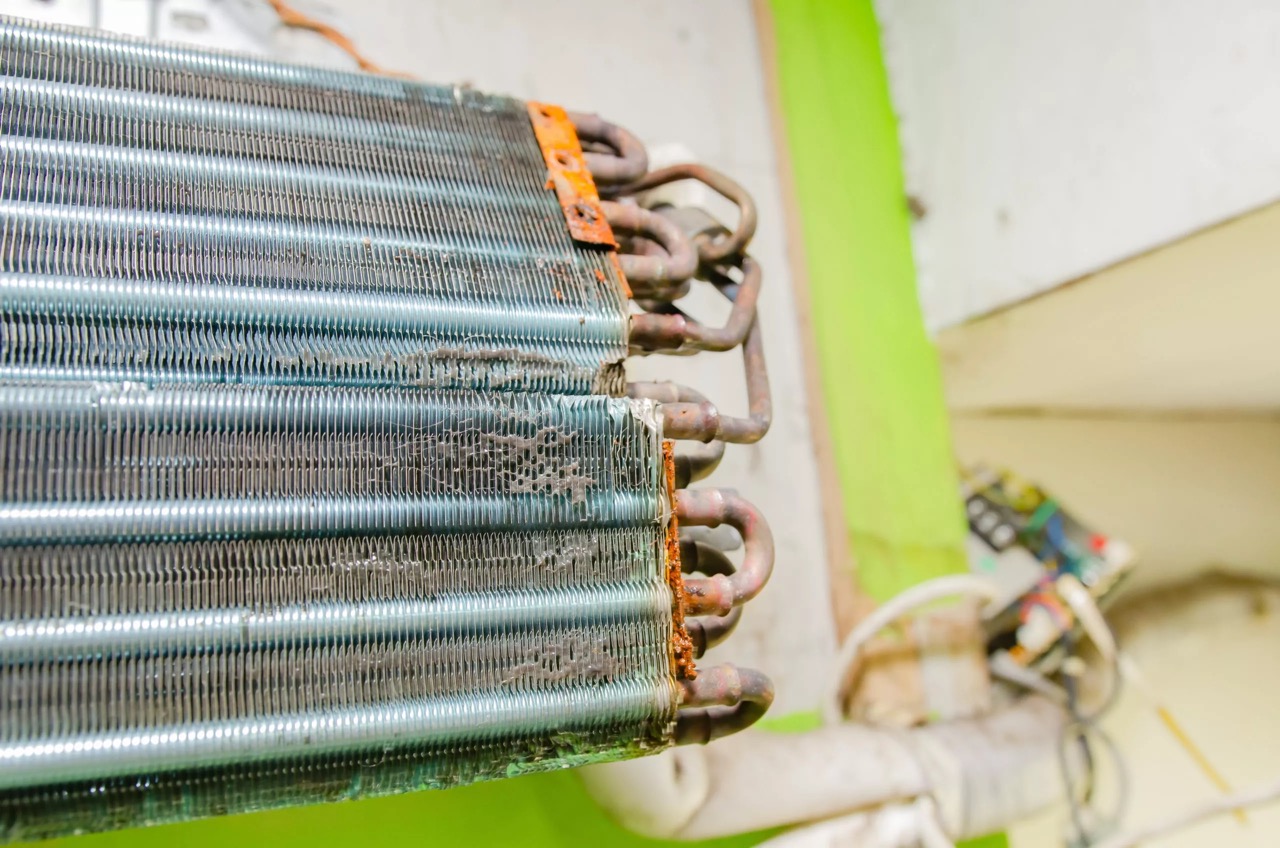

0 thoughts on “How Much Is A Central AC Unit Worth In Scrap”